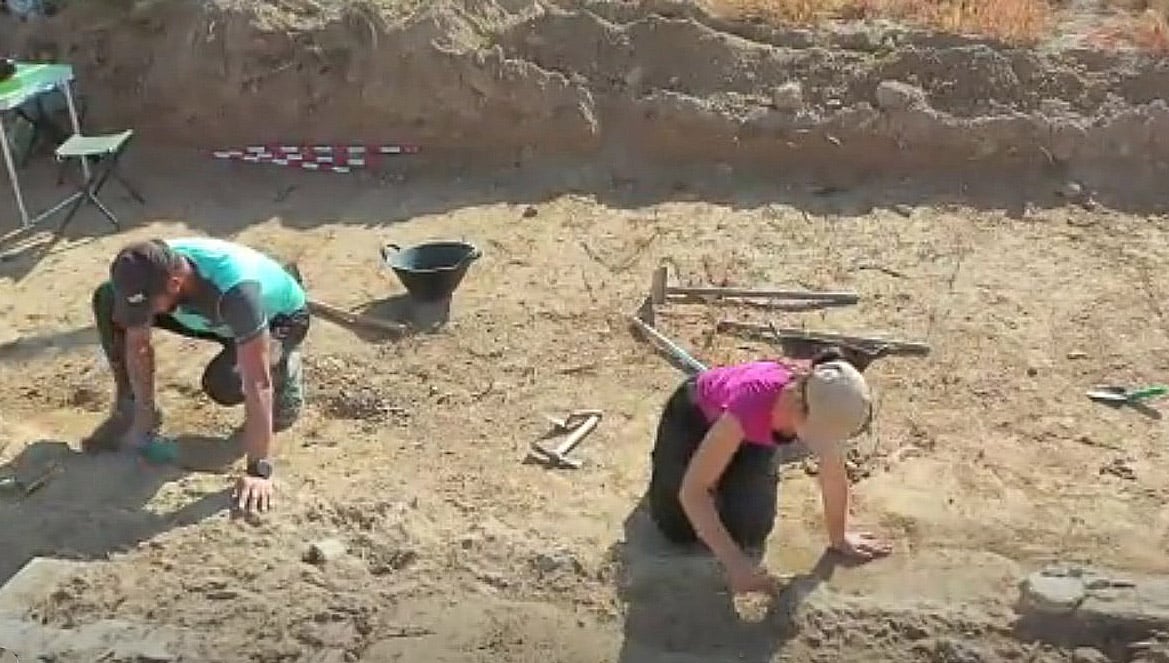A former concentration camp in the heart of La Vega Baja. Despite being one of the most important in Spain, very little is known about its Francoist activities due to the scarcity of documents, testimonies and files.
“Imagine a Nazi concentration camp, but instead of it being an extermination camp, they simply let the prisoners die.” Typhus, diarrhoea, constipation, hunger, overcrowding, boredom as well as execution. The Francoist concentration camp of Albatera, located in the neighbouring municipality of San Isidro, was only active from April to October 1939, but recent archaeological finds show it to have been one of the cruellest places of all, where the Franco regime locked up 16,000 Republican prisoners, with researchers now believing that mass graves will be found close by.
The most recent discovery is the structure of a 60-metre barrack block, one of at least five that are said to have existed in the camp.
The archaeologist and historian Felipe Mejías said, “You can see the structure 60 metres long by 7 metres wide.” This, he explains, will allow the reconstruction of an area that could become a place of memory and a museum.
Along with his team of six archaeologists and forensic anthropologists from the University of Alicante, Mejías has also found a rubbish dump – “Rubbish is a treasure, because it will provide us with a lot of information. It can be analysed to provide information on diseases, and we have even found many objects that were thrown away in the hope that they would never be found,” says the historian.

In this second campaign, the first was at the end of last year, a lot of percussion ammunition has been found, which means that rifles have been fired inside a field that is not a shooting range: “There was no practice here, if you shot a rifle it is because you were aiming at someone”.
Specifically, Mauser rifle sheaths, those used by the Francoist army, have been found in an open area, away from the barracks, where it is known, from the testimonies of former inmates, that many prisoners were shot.
There were deaths daily. The bodies were buried between the field and the palm grove. “Everything indicates that the mass graves are close by,” Mejías says with the determination of someone who is determined to document the evidence of those who have disappeared.
A long-term project that has obtained subsidies worth 40,000 euros, through the Department of Democratic Quality and the Ministry of the Presidency. “There is work for several more years during which time a great deal of further proof will undoubtedly be found, confirming Albatera as one of the most terrifying concentration camps of the Franco regime” he concludes.





